Megan Jenkinson
The Coincident Present
2 - 22 December 2016
Megan Jenkinson’s new exhibition draws on her preoccupation with, and fascination by the complexities of the ‘present’ and mortality. While Charles Baudelaire pronounced the present as “an imperceptibly brief moment of transition”, and Albert Camus sought refuge from the inevitability of death by privileging the “ever-present” through the senses, Jenkinson accepts the present as being a somewhat tenuous state. The title of the exhibition refers to the daily occurrence of different phenomena, whether political, environmental or scientific, which occurs simultaneously. To that end she draws the viewer’s attention to the notion of coincidence through the visually arresting and technically complex photographs. She reflects on this further:
At about 9 am on 12 June, 2004, a 4.5-billion-year-old meteorite weighing 1.3 kg crashed through the roof of a house in the Auckland suburb of Ellerslie. Its light-years long journey from a distant and unknown galaxy, had ended abruptly on a couch. It has since been moved, with due ceremony, to a glass case in the Auckland Museum. It’s coincident presence, now a mere curiosity. No longer startling, it has been rapidly tempered by the brief flash of time since its unlikely arrival. Admittedly few events appear as dramatically extravagant as a meteorite arresting the heart of domesticity. But all around us, and constantly, there is the confused groundswell of events beyond our control. Earthquakes, both geologic and political, rip the certainty beneath our feet. We inhabit an unstable present, and in the process constantly try to quell an increasingly uncertain future. These works accept the present as temporary and subjective. But what they try to do as well, is give us a chance to re-view the moment; as a loop, not a line, of time.
Each photomontage blends multiple presents to form a hybrid instant. That coincident present is the moment we witness our own experience. At its deepest, this is the frisson of synchronicity. Suddenly things take on a different inflection – we hear particular sounds more acutely, see forms in sharpened detail, or develop new patterns of thinking. We see or imagine new connections in our vision of the world. The Coincident Present seeks out that possibility. Disparate elements are reconfigured into a new whole. In the Fallen series a potentially cataclysmic and extremely rare event is presented as very close, immediate and urgent. We are suddenly and coincidentally present.
Whilst in Future Perfect, wholly improbable structures are propped haphazardly across inhospitable Antarctic landscapes. The moment of their arrival, or the imminence of their departure, and indeed their entire function, is uncertain. But, either ancient or recent, they are made of blocks of ice, and as such are as ephemeral as the landscape they inhabit. Two degrees of global warming and they will all melt entirely away. Finally, in the water-into-aether series (part of an ongoing project in concertina format) a singular subject – a fountain – is observed repeatedly over time. Alternate moments are then captured and re-spliced together. The interaction of water and light, through the alteration of focus and time, cause the visual qualities of the subject to dramatically change. The final still image of an originally dynamic subject is then intentionally reanimated by the motion of the viewer and the coincidence of their presence.
Megan Jenkinson, December 2016
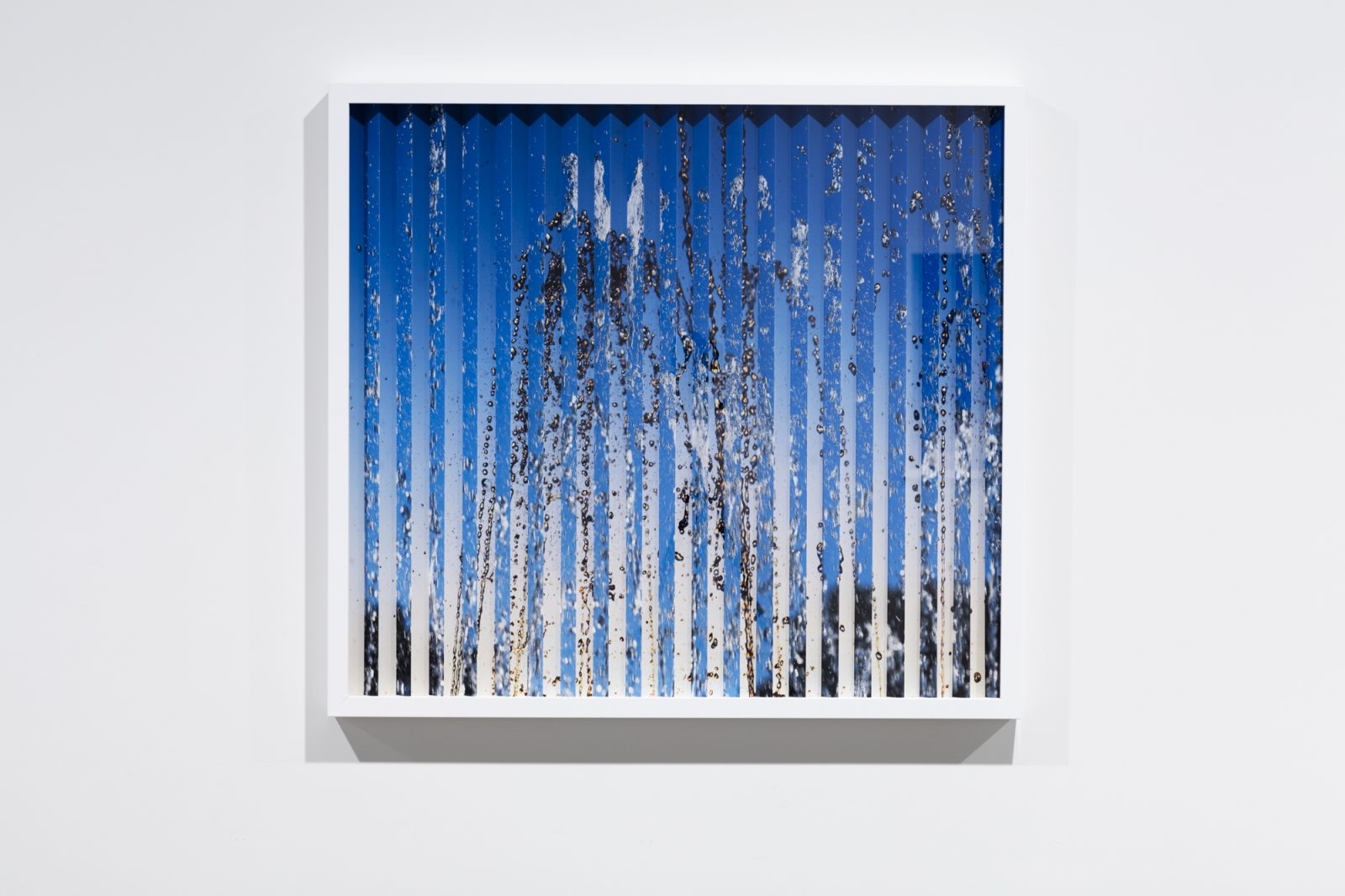
Ultrachrome inkjet on Hannemühle
Photorag 955 x 1390 mm
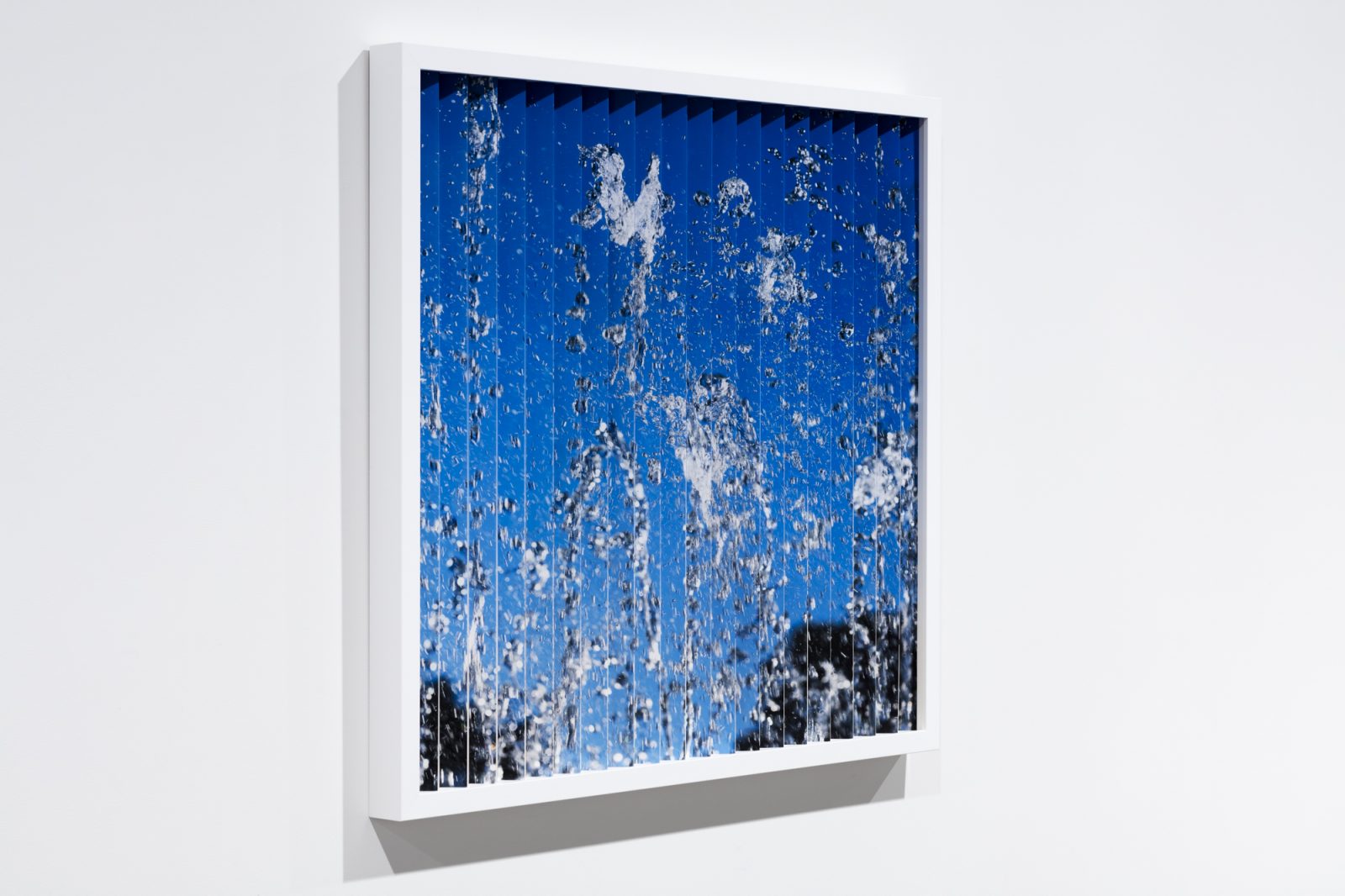
(Left side view)
Ultrachrome inkjet on Hannemühle
Photorag 955 x 1040 mm
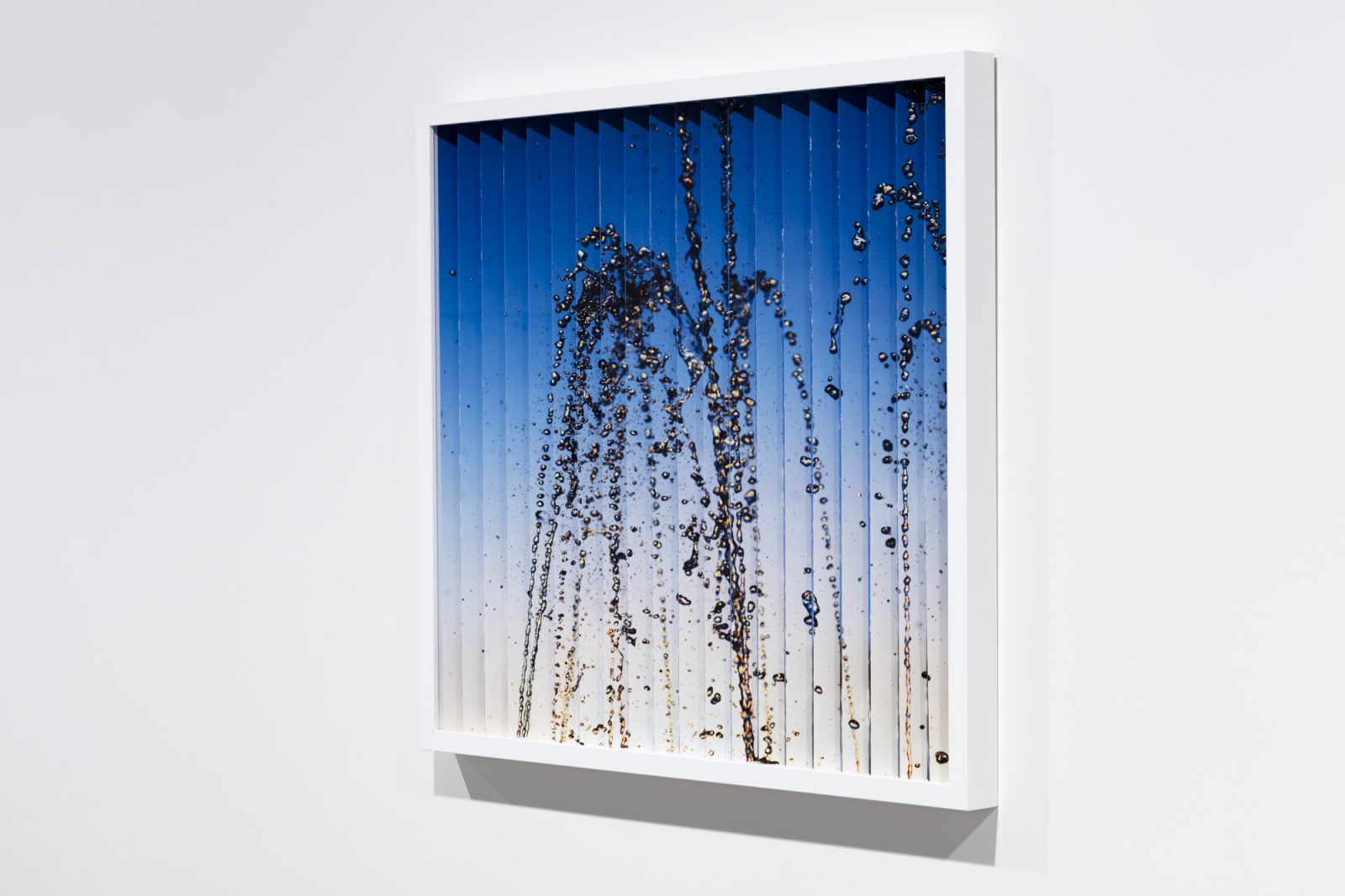
(Right side view)
Ultrachrome inkjet on Hannemühle
Photorag 955 x 1040 mm
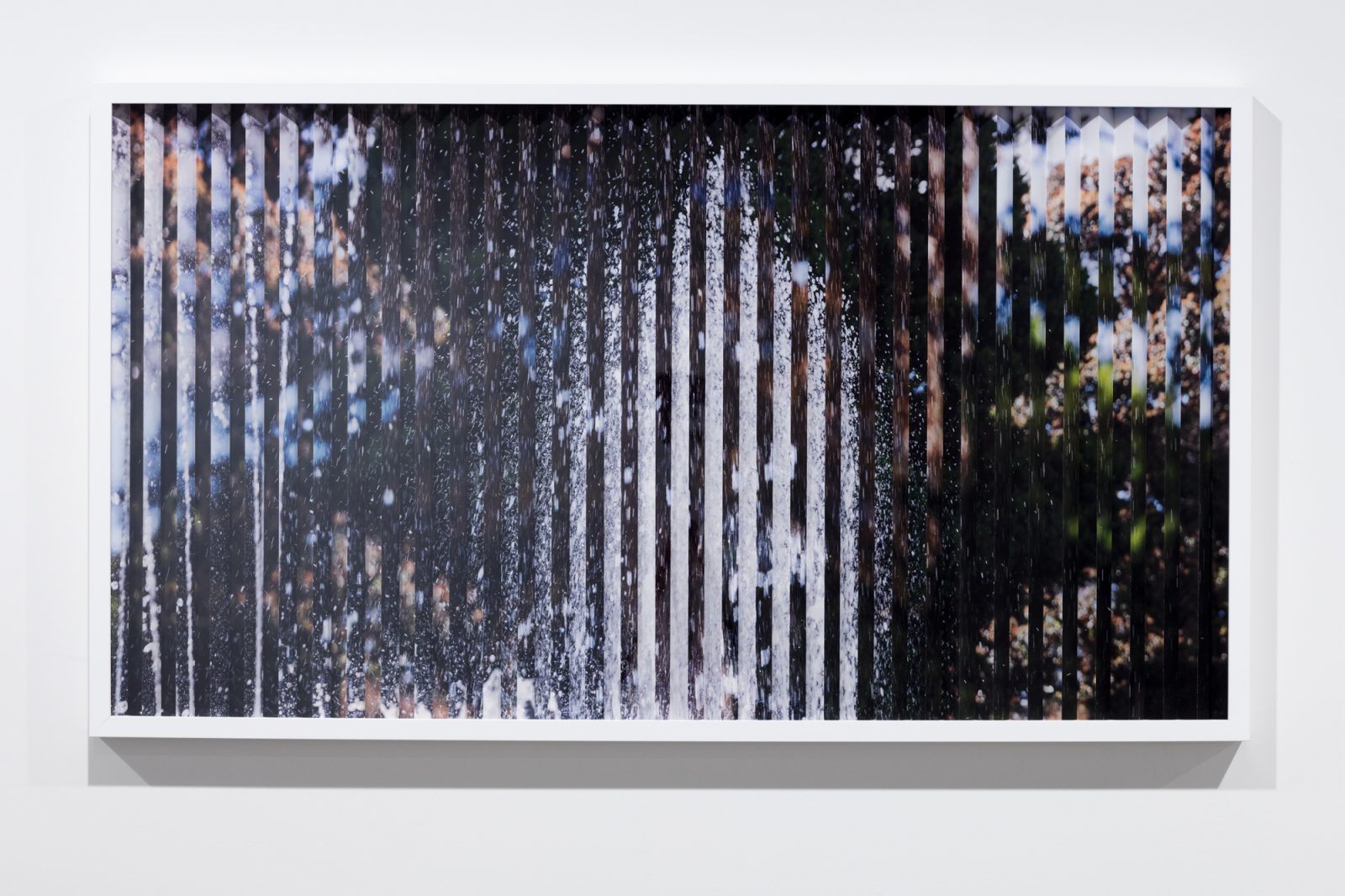
Ultrachrome inkjet on Hannemühle
Photorag 955 x 1685 mm
Edition of 5
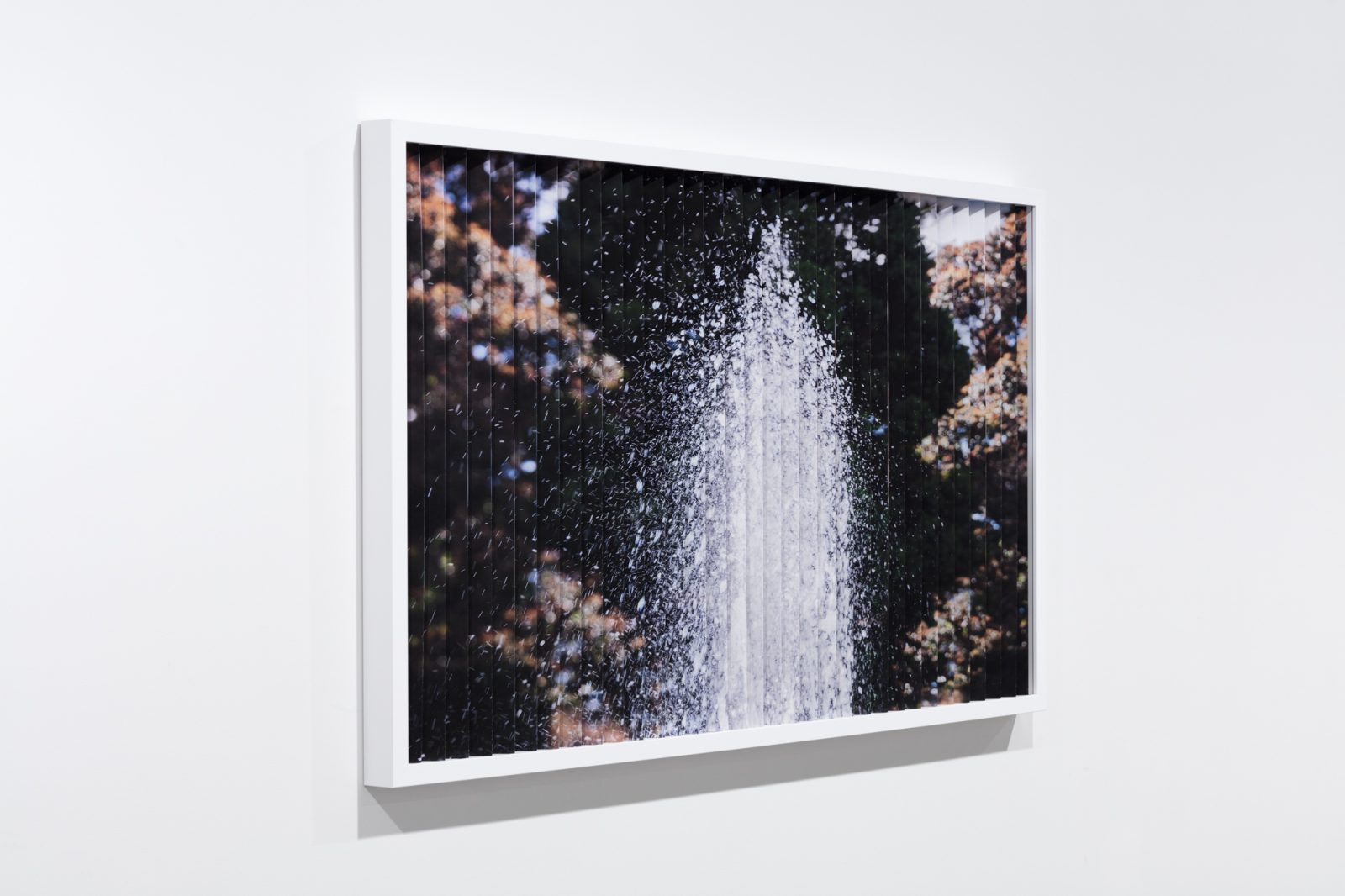
Ultrachrome inkjet on Hannemühle Photorag
955 x 1685 mm
Edition of 5
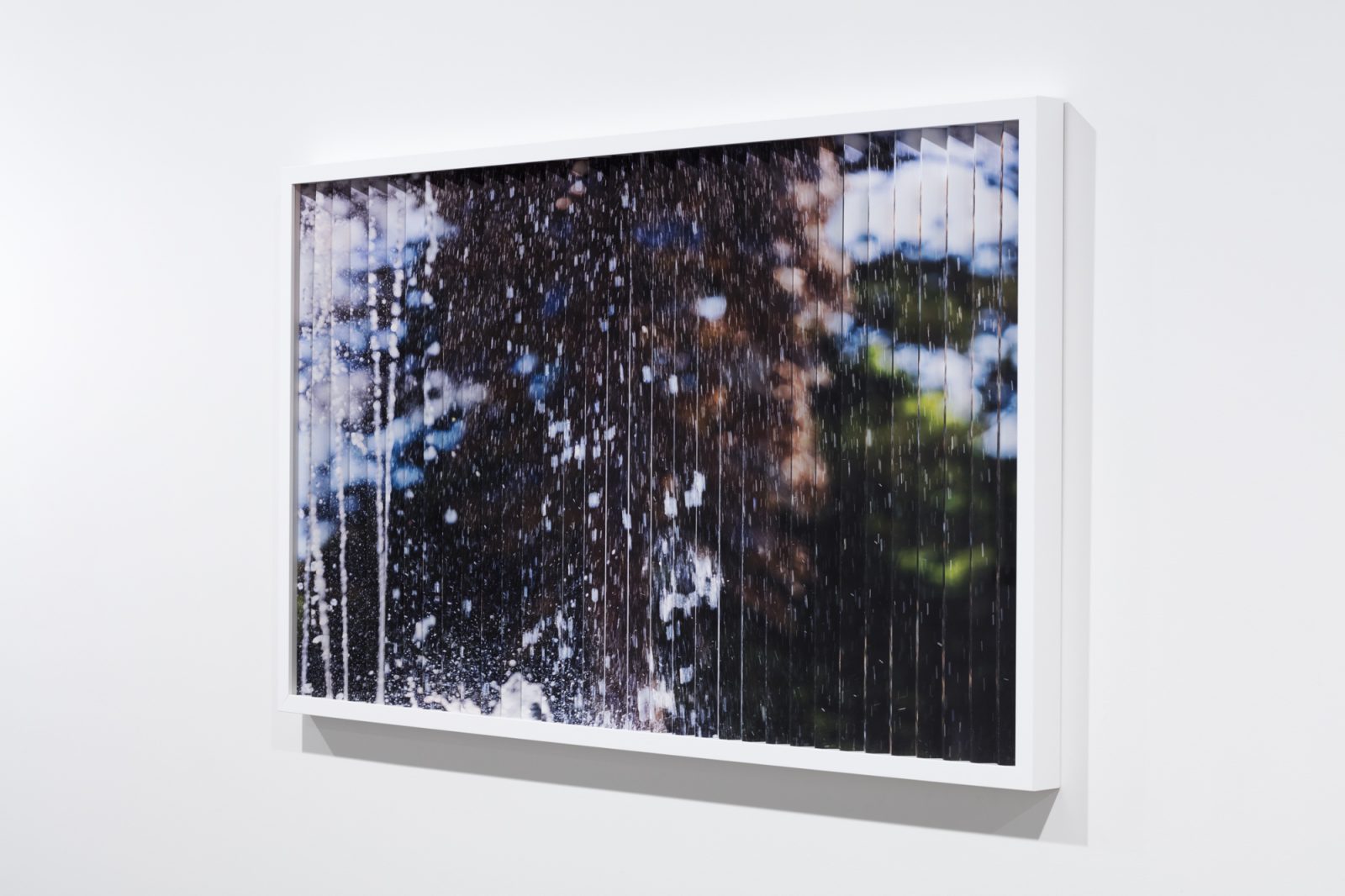
Ultrachrome inkjet on Hannemühle
Photorag 955 x 1685 mm
Edition of 5
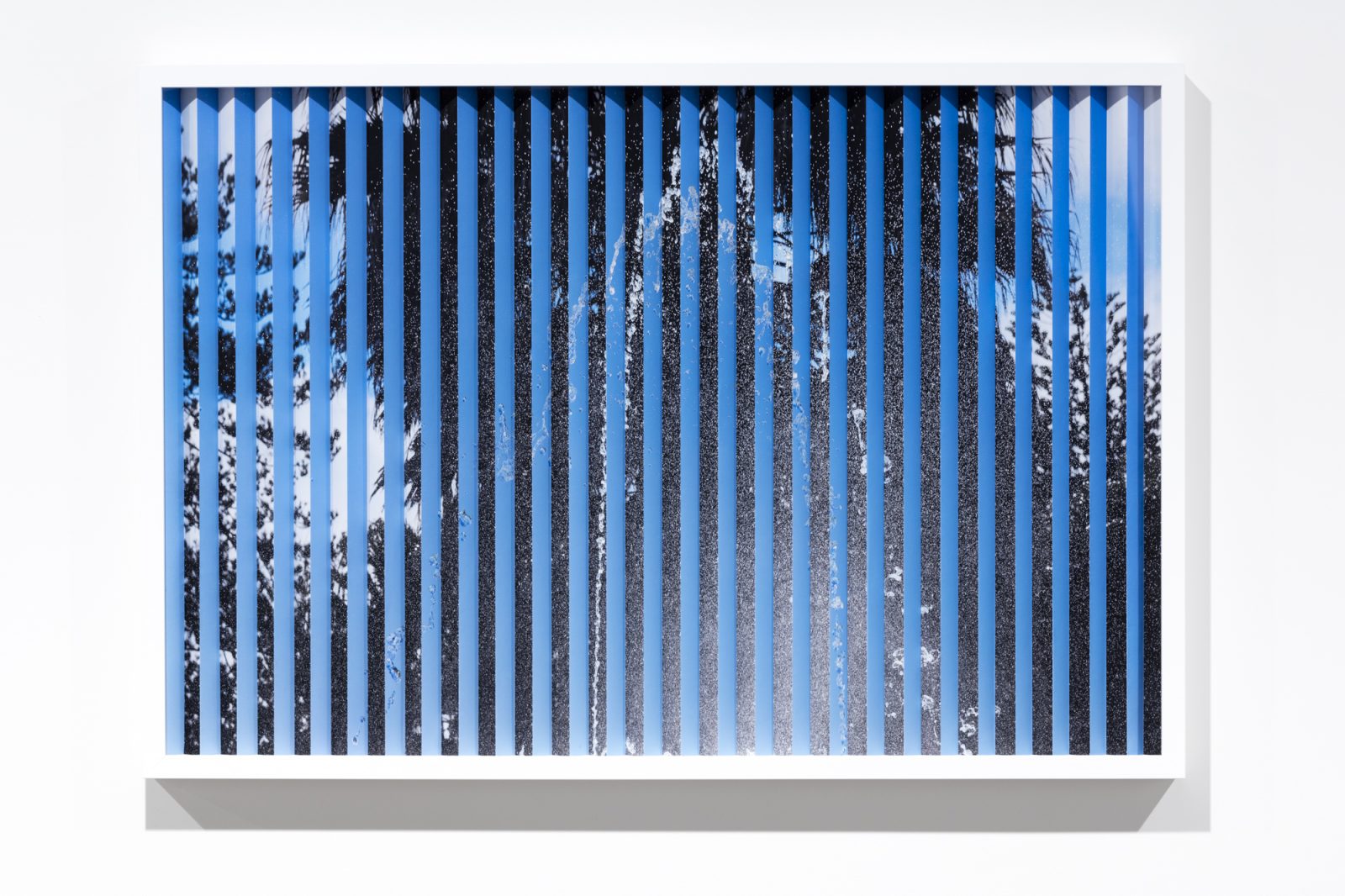
Ultrachrome inkjet on Hannemühle
Photorag 955 x 1390 mm
Edition of 5
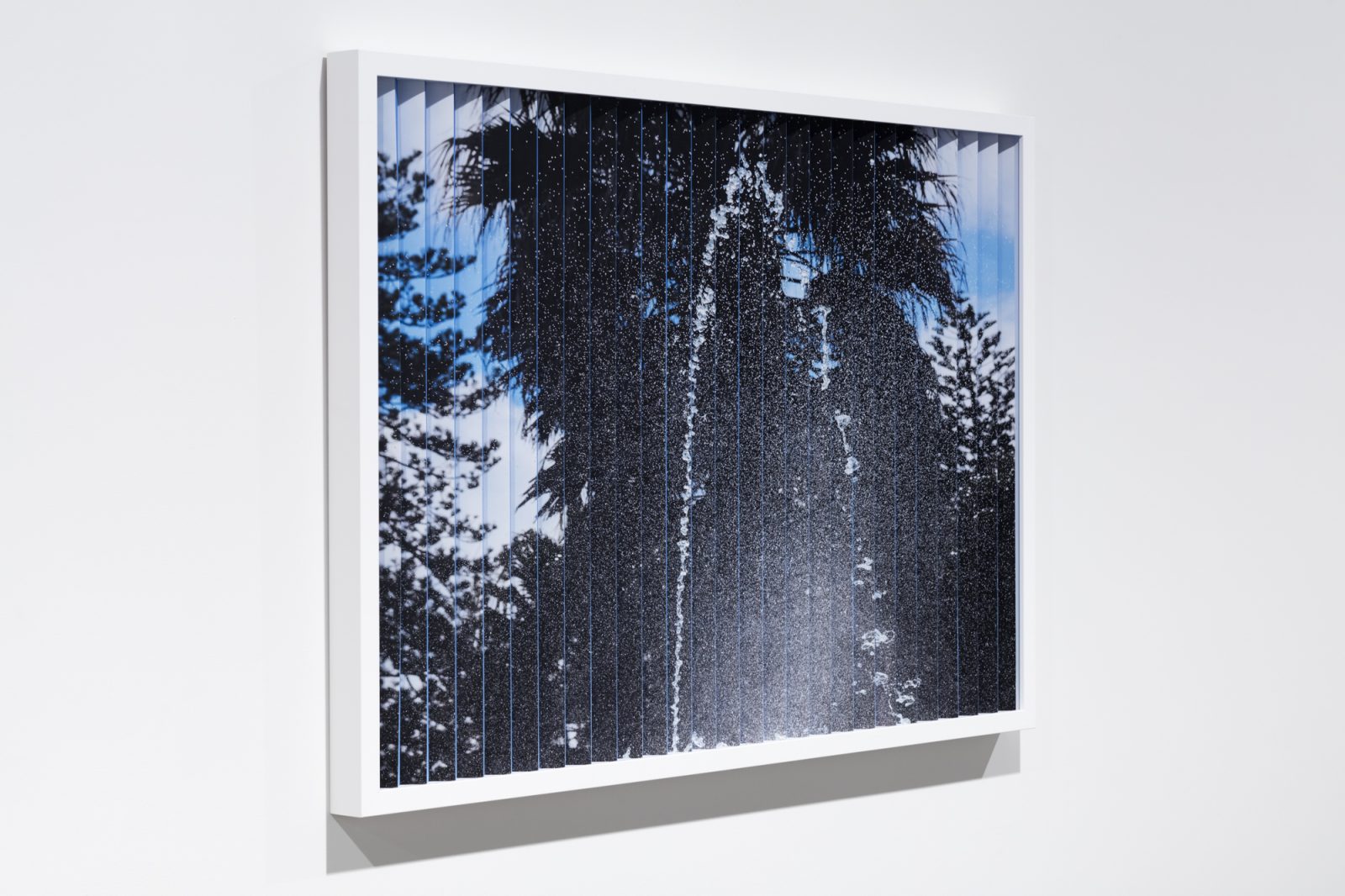
Ultrachrome inkjet on Hannemühle
Photorag 955 x 1390 mm
Edition of 5
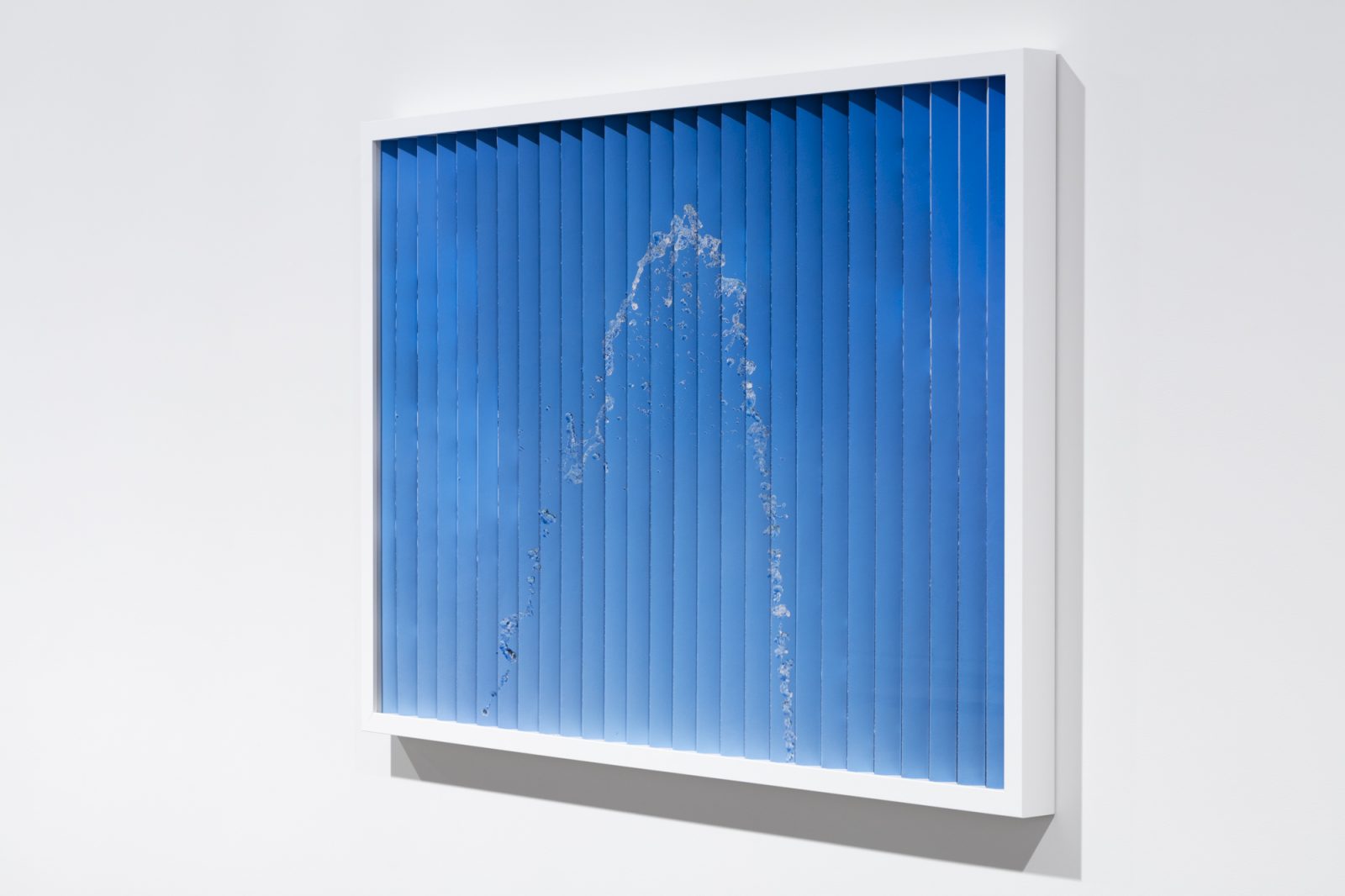
Ultrachrome inkjet on Hannemühle
Photorag 955 x 1390 mm
Edition of 5
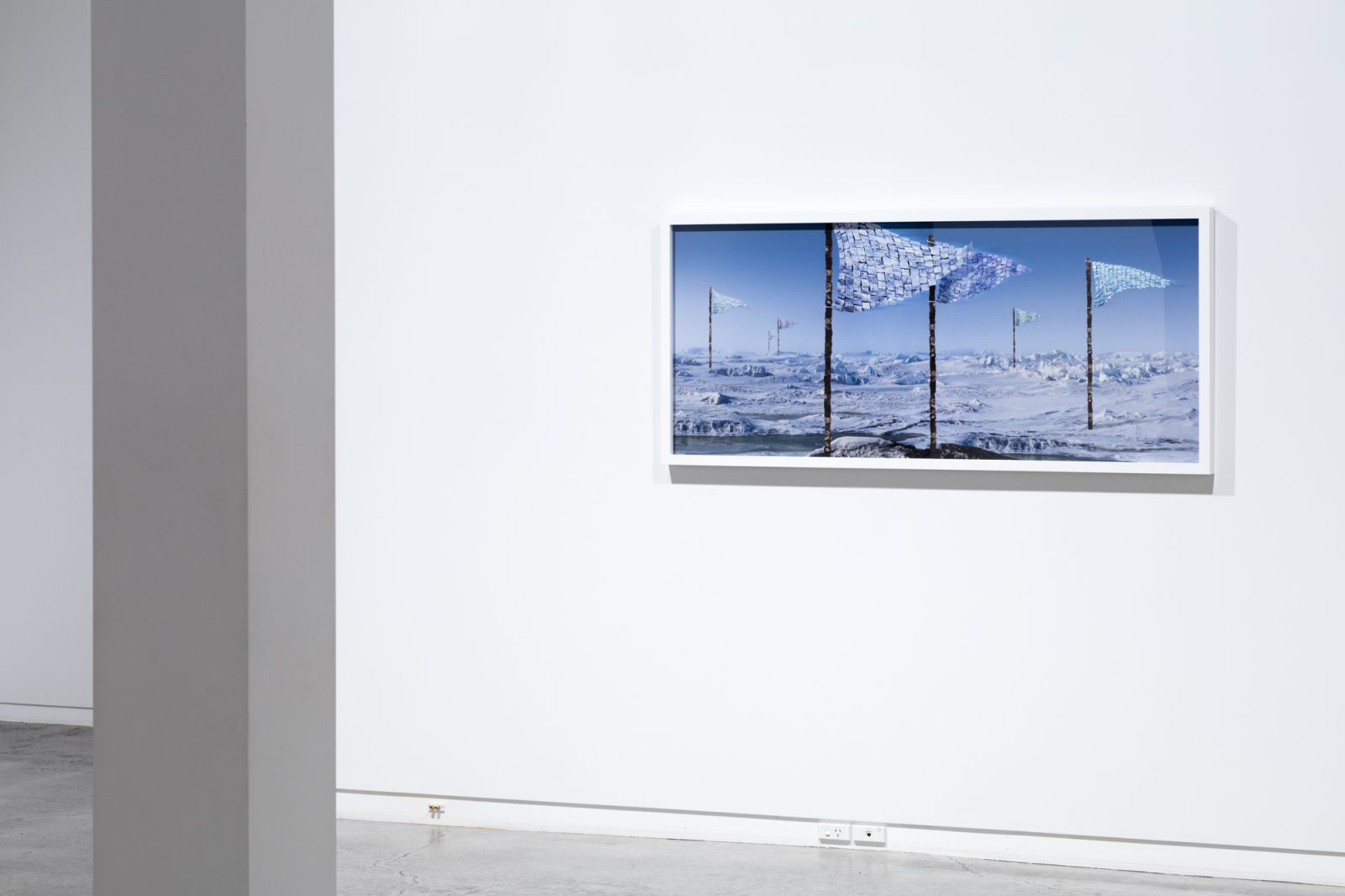
Ultrachrome inkjet on Hannemühle
Photorag 750 x 1660 mm
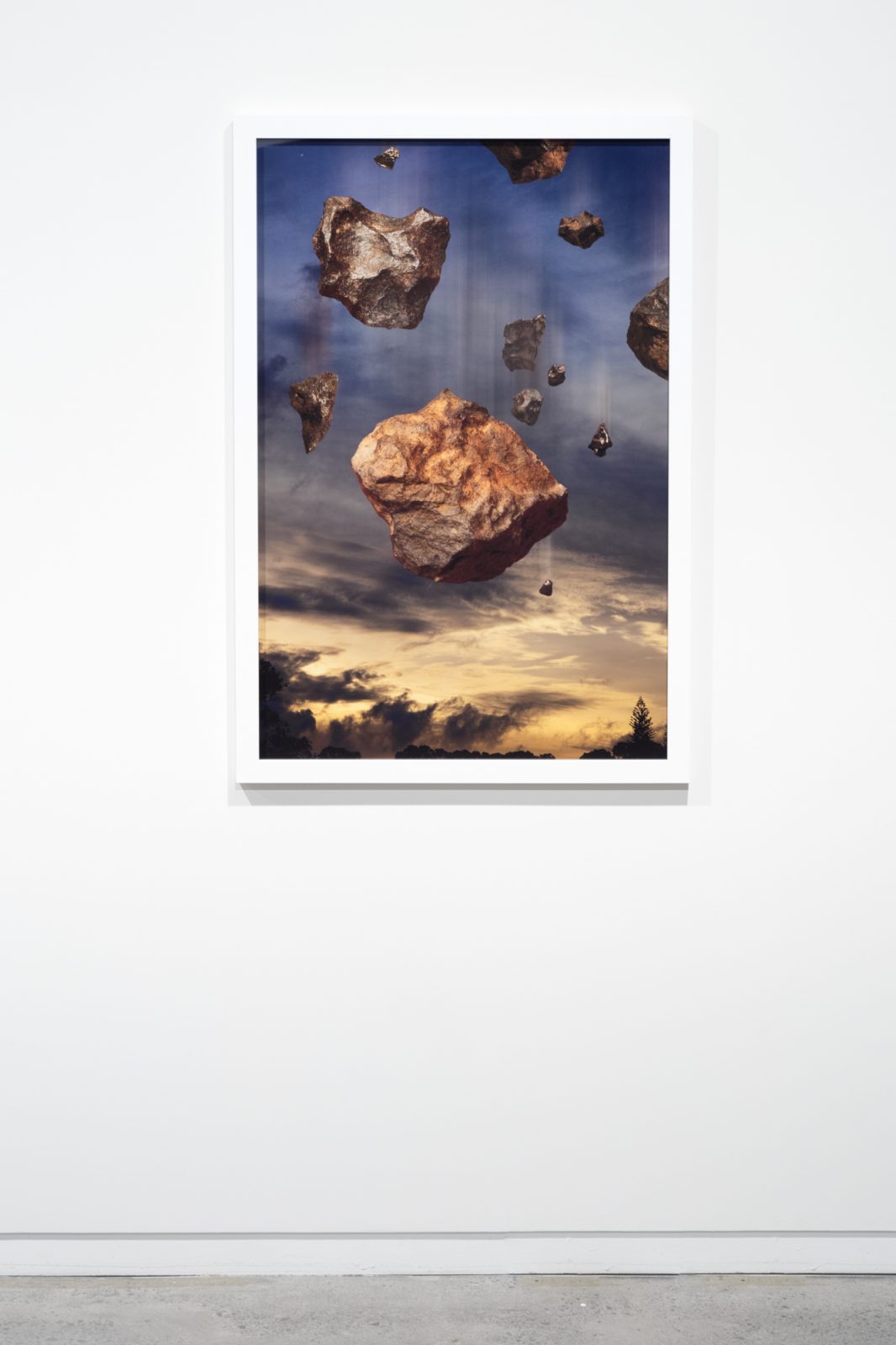
Ultrachrome inkjet on Hannemühle
Photorag 1170 x 800 mm
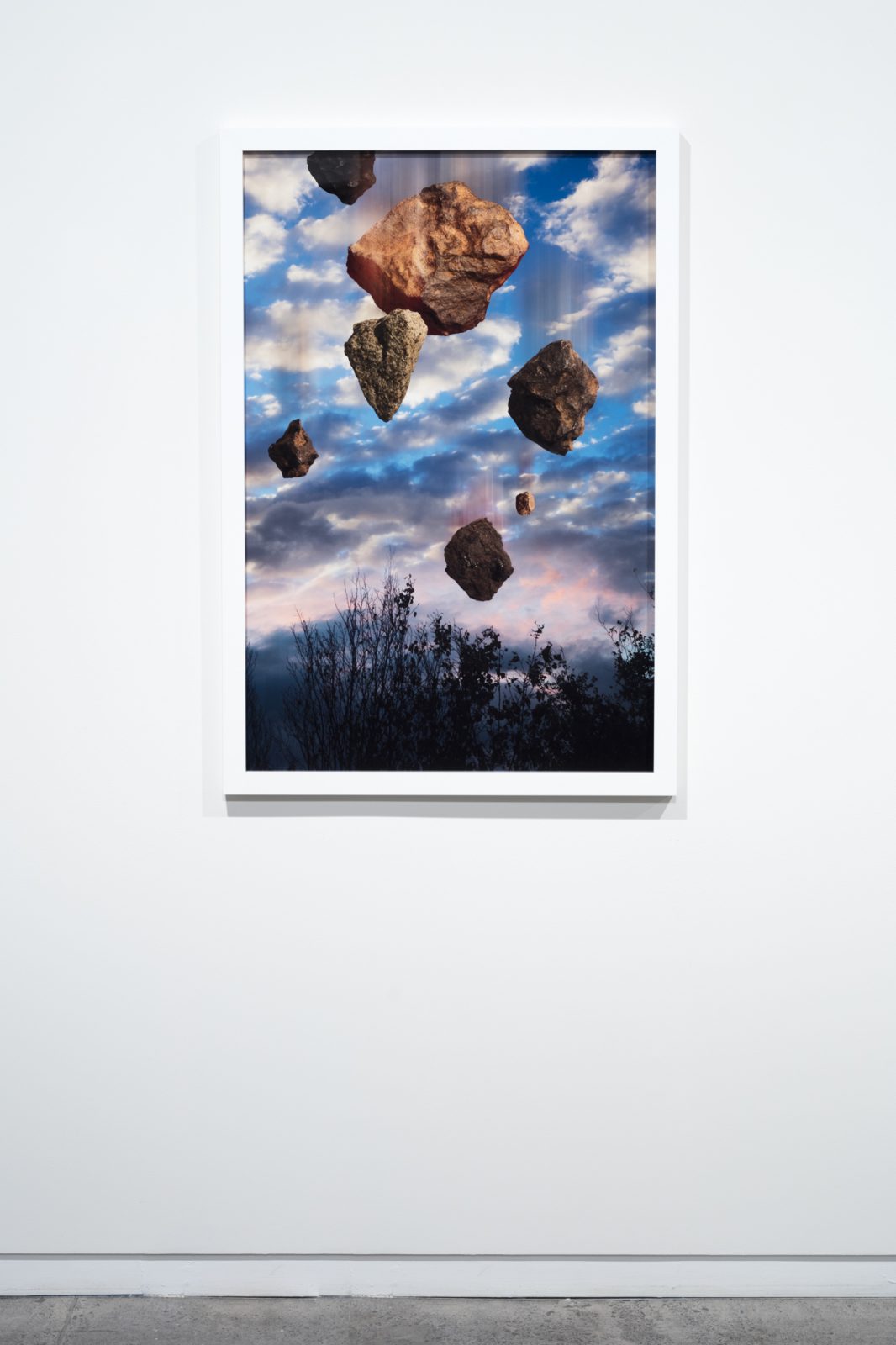
Ultrachrome inkjet on Hannemühle
Photorag 1170 x 800 mm
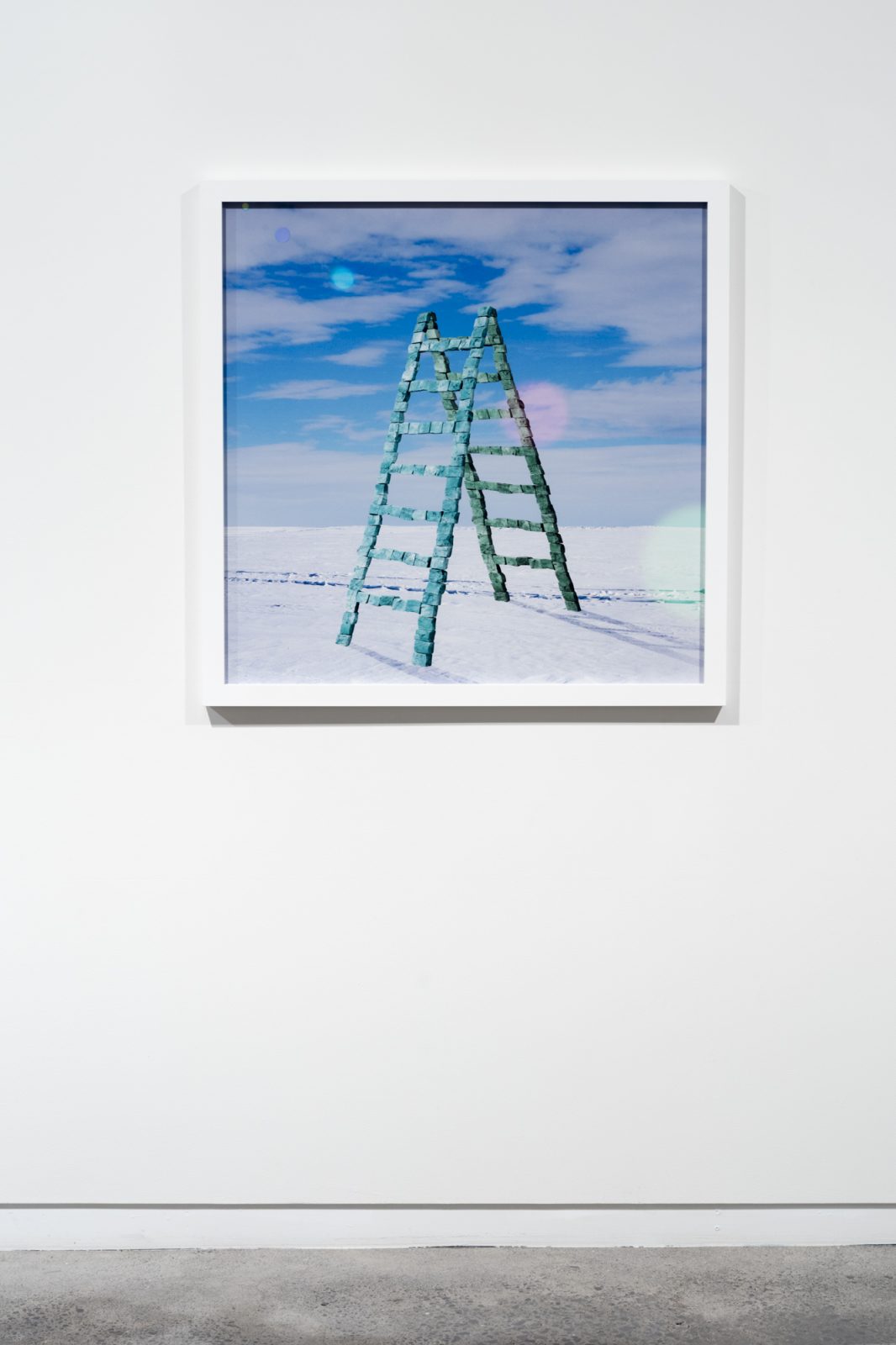
Ultrachrome inkjet on Hannemühle
Photorag 970 x 970 mm
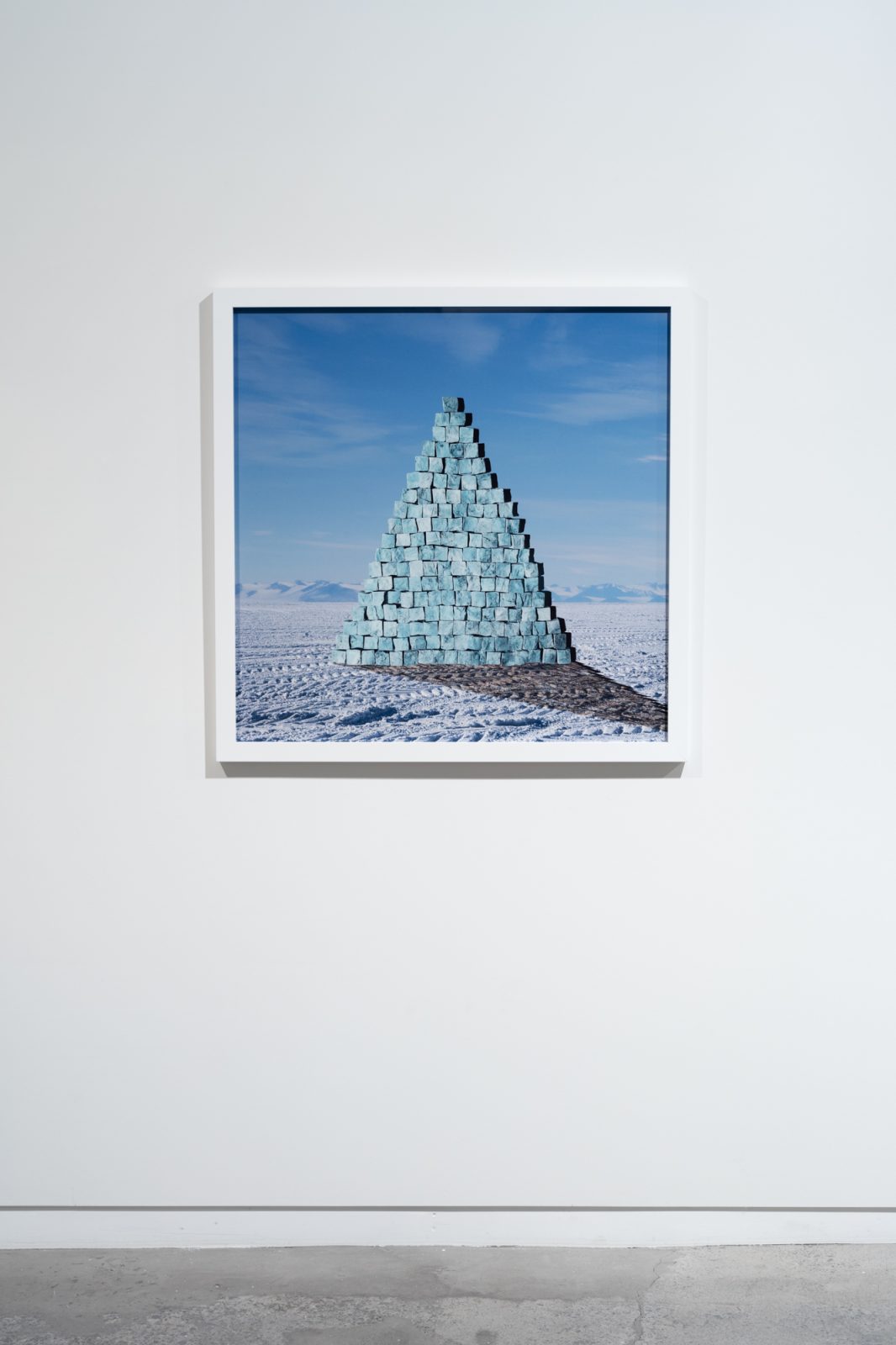
Ultrachrome inkjet on Hannemühle
Photorag 970 x 970 mm